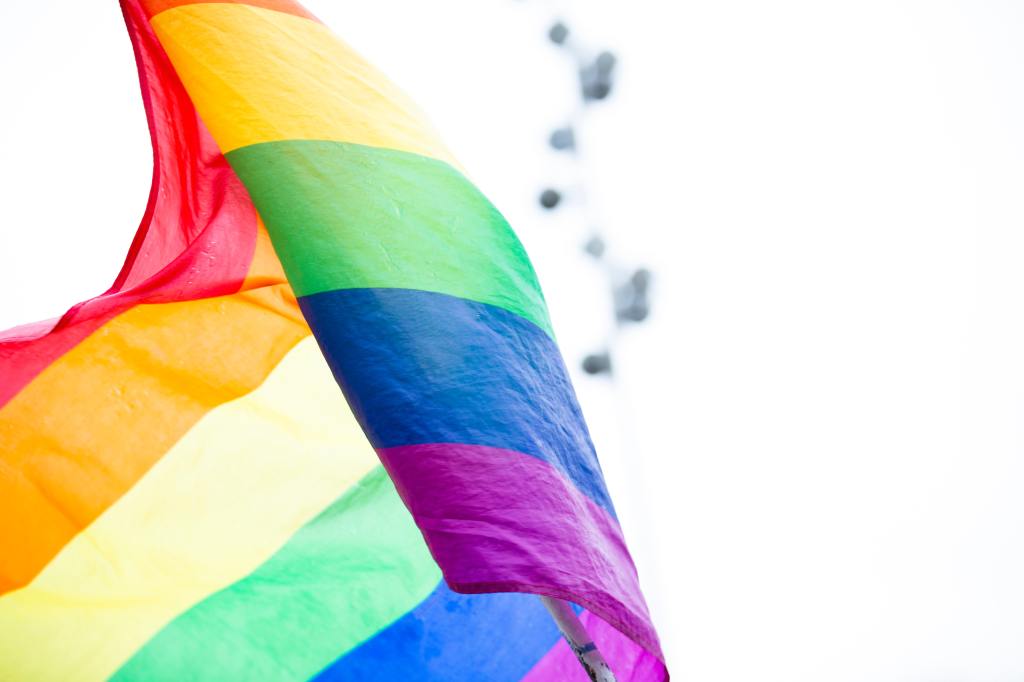
Attempts to queer the higher education curriculum have not been universal, and literature suggests that courses continue to be strongly heterosexual (Formby, 2015). Although some universities celebrate annual events such as Pride and include a commitment to LGBTQ+ equality in their policies, there is evidence in the literature that the higher education curriculum does not seriously address issues or concerns around LGBTQ+ equality. Students continue to be presented with the achievements of the ‘same old straight, white men’, and the curriculum is ‘pale, male and stale’ (student participants in Formby, 2015, p. 32). For example, evidence suggests that LGBTQ+ content is invisible in some health courses (Formby, 2015), thus presenting students with only a partial perspective of their disciplines. This is surprising given the association between mental health and LGBTQ+ (Bradlow et al., 2017).
Aldridge and Somerville (2014) found that nearly a quarter of LGBTQ+ students thought they would face discrimination from other students. Research has also found that fears relating to prejudice and discrimination negatively impacted levels of ‘outness’ in universities (Formby, 2012; 2013; 2015). This suggests that even where bullying, prejudice and discrimination are not experienced directly, fears around these can negatively impact on LGBTQ+ students’ experiences of higher education. Thus, campus climate can be influenced by overt or covert factors. Keenan (2014) found that despite institutional commitments to equality and diversity, the lived experiences of LGBTQ+ students suggest that these policies are often not borne out in practice. Thus, university spaces, once described as ‘threateningly straight’ (Epstein et al., 2003, p. 138), are places where varying levels of ‘outness’ or self-censorship (Formby, 2012; 2013) may exist.
Further consideration is needed to address ways higher education institutions can address LGBTQ+ inclusion. Central to advancing social justice for queer students is the need for a university-wide approach which positions students as active agents of change. Consideration will need to be given to the higher education curriculum, staff training, marketing and recruitment.
Jonathan Glazzard, Edge Hill University
References
Aldridge, D., & Somerville, C. (2014) Your services your say: LGBT people’s experiences of public services in Scotland, Edinburgh: Stonewall Scotland.
Bradlow, J., Bartram, F., Guasp, A., and Jadva, V. (2017), School Report: The experiences of lesbian, gay, bi and trans young people in Britain’s schools in 2017, London: Stonewall.
Epstein, D., O’Flynn, S. & Telford, D. (2003), Silenced sexualities in schools and universities, Stoke on Trent: Trentham Books.
Formby, E. (2012), Solidarity but not similarity? LGBT communities in the twenty-first century, Sheffield: Sheffield Hallam University
Formby, E. (2013), Understanding and responding to homophobia and bullying: Contrasting staff and young people’s views within community settings in England, Sexuality Research and Social Policy, 10, (4), 302-16.
Formby, E. (2015), # FreshersToFinals From freshers’ week to finals: Understanding LGBT+ perspectives on, and experiences of, higher education, Sheffield Hallam University.
Keenan, M. (2014) Coming out and fitting in: A qualitative exploration of lesbian, gay, bisexual, trans and queer students’ university experiences, Nottingham: Nottingham Trent University.





